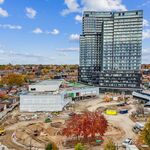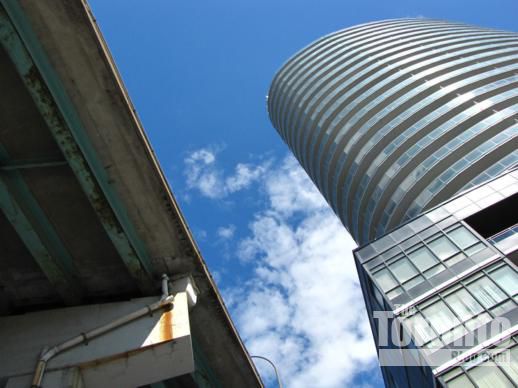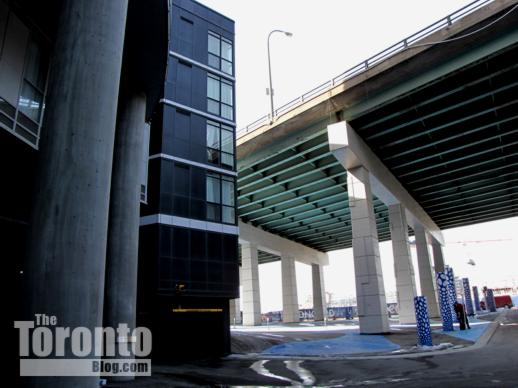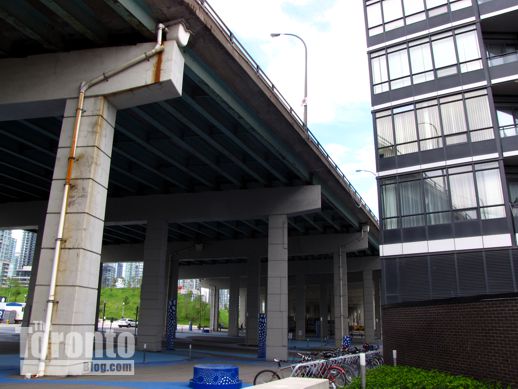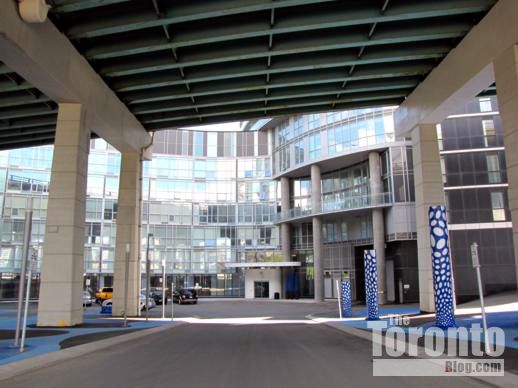This is true, but one has to take a “network” view. Designing Six Points restrictively would not by itself change the transit habits of people in Etobicoke when the broader network of roads is still what it is. It would simply introduce a choke point that frustrates motorists (making them more aggressive, not less). You won’t induce people in Richmond Gardens to take the bus to Sherway Gardens by designing Six Points differently….you will simply persuade them to take Rathburn to the West Mall…in the process, putting more cars on smaller local streets.
I’m surprised that no one really pushed for bus lanes or transit priority through this intersection. The focus seems to assume that if we structure Six Points correctly, people will live there, and never venture beyond the range of destinations that one can reach on foot or on bicycle, or Line 2. That makes the roads less busy, but at the price of a huge loss of overall mobility.
A restrictive approach to road design might be viable once there is much more higher order transit through Etobicoke, and a different approach to bus service, or maybe smaller AV shuttles and the like. But Six Points 2.0 needs to work well enough to bridge us to Six Points 3.0. We aren’t at the tipping point, yet.
- Paul



